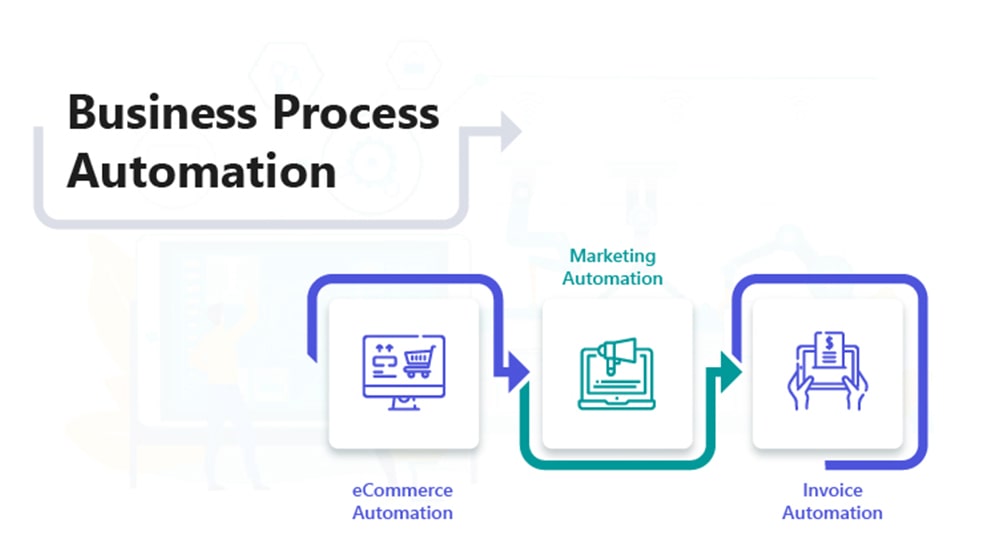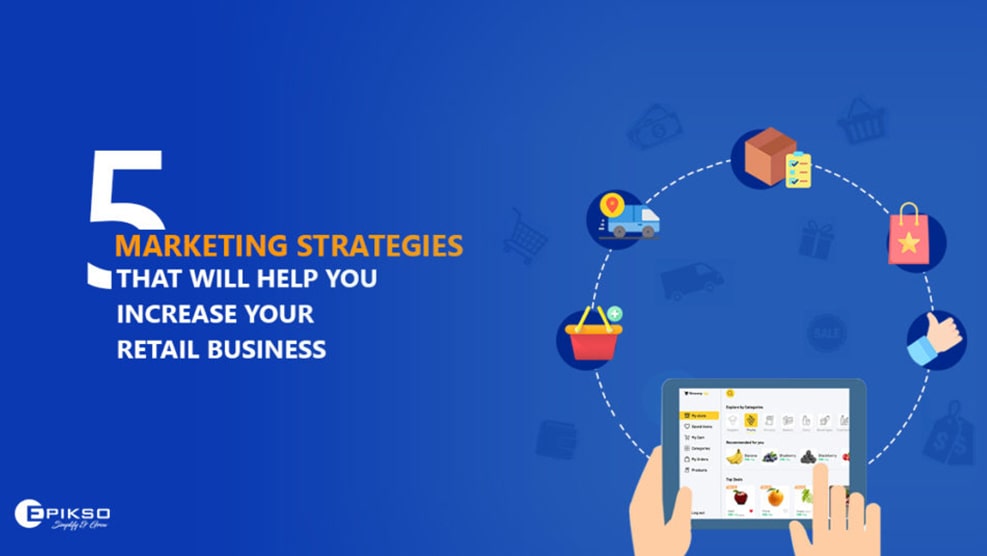Content Marketing Strategies That Work for Your Business
Before we talk strategy, what exactly is content marketing? It’s a strategic marketing plan that involves the creation and sharing of text, images, and video. The intent of a
content marketing
plan is to stimulate interest in the product or services of the brand. This
marketing strategy
does not directly promote the brand, instead communicating through creative, often informational content.
Content is certainly one of the most effective tools in today’s digital environment. It helps immensely in attracting, nurturing, and converting new leads. Content is so effective, in fact, that more than 70% of B2B marketers surveyed said they will create more of it this year than they did last year. While the popularity of content is compelling, its preponderance makes it more difficult for small businesses and startups to make their presence count in the market.
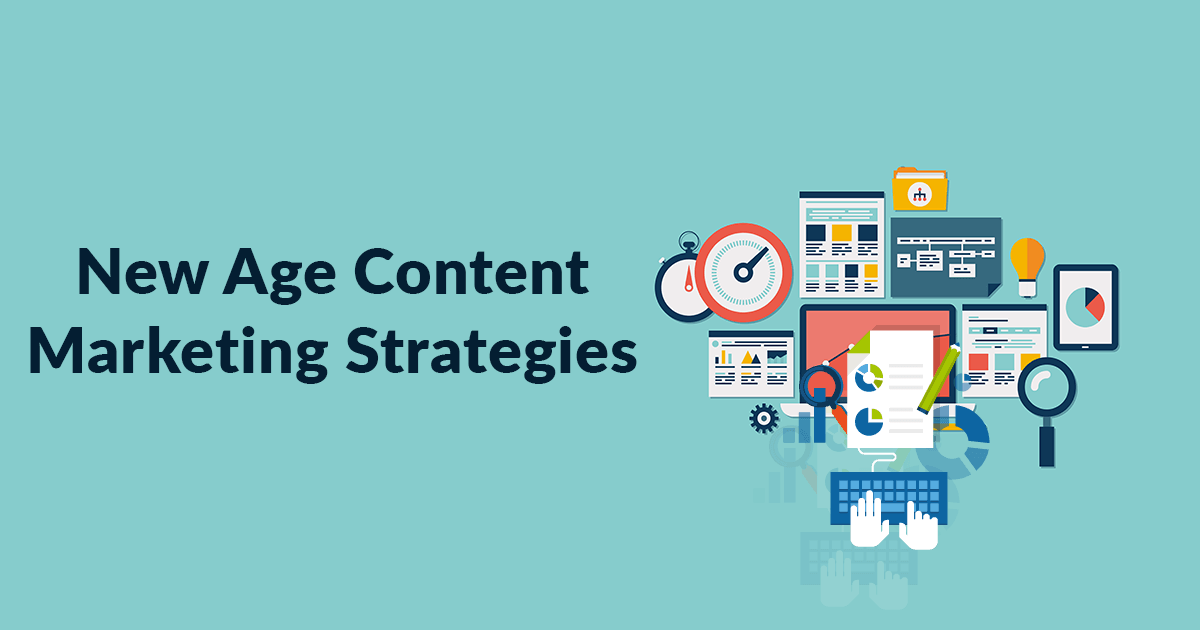
Content marketing is one of the most important methods for planting your brand in the minds of customers. Understanding the brand and buyer context enables you to craft content built for user-receptivity and channel-appropriateness. You also need to adopt the best customer engagement tactics and understand how content marketing contributes to your overall marketing strategy. Ultimately, you want to support the flow of communication, impacting and inspiring people enough to share your content.
The content marketing strategy should be built on the foundation of persona development and mapping the customer’s journey. This basis will help you create great content, in turn attracting new customers and aligning efforts to satisfy the needs of your business.
Understanding the
difference between content strategy & content marketing
Wikipedia says content strategy “is the planning for creation, publication, and governance of useful, usable content,” whereas content marketing “is the strategic marketing approach focused on creating and distributing valuable, relevant, and consistent content to attract and retain a clearly defined audience.” Content strategy and marketing work in tandem to drive profitable customer action.
A content plan is more granular than a content marketing strategy and refers to the specific tasks one undertakes to execute the strategy. This plan can take the form of a simple document of 1-2 pages that can be updated monthly to indicate who is creating content, who is approving it, and the associated deadlines for its delivery. Let’s explore content marketing with a simple diagram that gives rise to a helpful series of questions, to guide your strategy and planning:
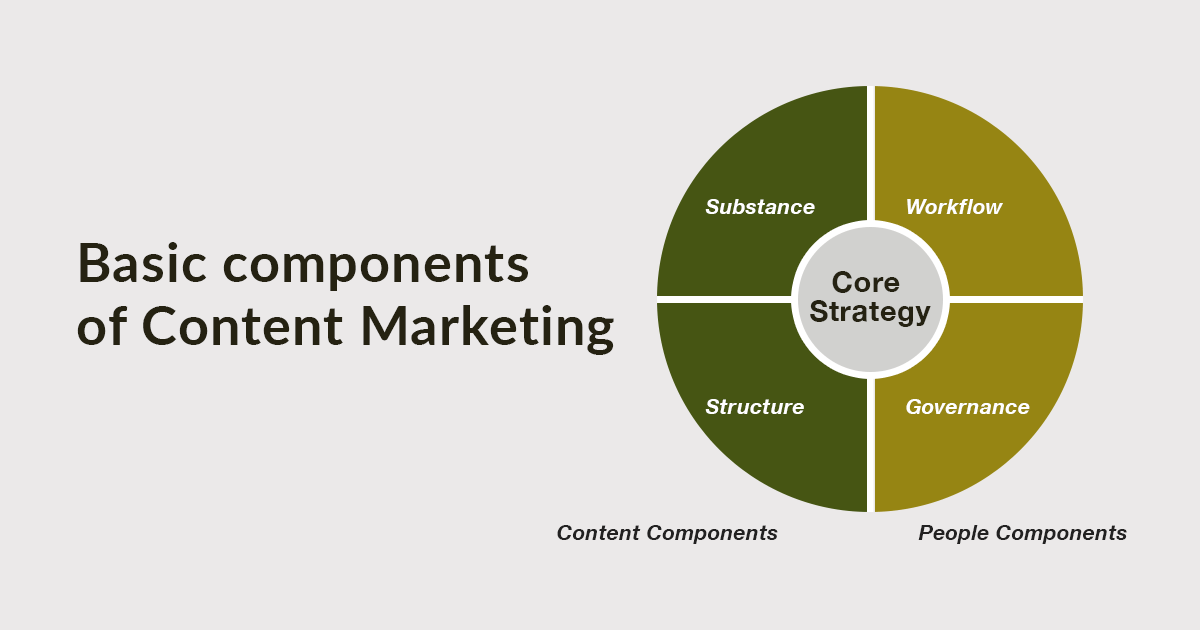
Content components
Substance: Is your content interesting to your audience? Who is your target, and why have you chosen them to be your target group?
Structure: What is the placement of your content? What platforms are you choosing for? How do people find your content? How well is it organized?
People components
Workflow: How do you plan to create and place your content? Do you have the skills, budget, tools, and time to meet your objectives?
Governance: What are the rules, guidelines and standards that control aspects of your brand’s operation?
One must consider the bigger picture of content rather than just the product that is the end -result. Content marketing involves staff, tools, processes, and outcomes. While the overarching goals are engagement, lead generation, and conversion, individual content should have a strategic goal, whether it’s discussion, referral, affinity, purchase, or increased usage of your product or service.
Creating consumer personas
A persona is a profile a marketer develops to embody the aggregated characteristics of the target audience for whom s/he is creating content. Personas help personalize the brand. They are based on the profiles of target customers, through consideration of their needs and characteristics. A persona guides you through segmentation and gives a better understanding of your target market. It is a framework that can help guide the content you create. A basic persona should cover:
- Objectives
- Problems
- Orientation
- Obstacles
- Content and channel preferences
- Keywords and phrases
- Social media.
Why do you need a Content Marketing Strategy?
A well-documented content marketing strategy helps you drive efforts proactively, based on the short- and long-term expectations of your content plan. The strategy creates ways for you to communicate with your customers through both digital and traditional channels, incorporating competitive standards, industry best practices, and the needs of your customer. In simple words, you need a content marketing strategy because…
- Content marketing costs 62% less than outbound marketing and generates more than three times as many leads.
- Those who adopt content marketing enjoy conversion rates that are nearly six times higher than their competitors.
Pointers to follow while planning a content marketing strategy
The reliable traffic and leads that result from your content give you the flexibility to experiment with generating revenue from sponsored content, social media advertising. and distributed content. Furthermore, beyond helping you attract leads, content generates awareness for your brand. All you need to do is follow these simple steps:
Identify your goals.
Know your goals before starting to plan, and you will have a much easier time deciding what is best for your strategy. Goal identification is aided by asking yourself a series of questions about what you hope the content will achieve:
- Brand awareness: How many people will view, download, or listen to this piece of content?
- Engagement: How often will the content be shared with others?
- Audience building: How will the content help convert people into valuable leads and subscribers?
- Lead nurturing: Will interaction with the content (assuming a higher dwell time) move a lead closer to acquisition?
- Sales: Will you make money because of this content? What revenue or ROI will apply?
- Customer retention/loyalty: How will the content help retain customers?
- Upsell/cross-sell: Is there a way your content will convince someone to buy more?
Conduct consumer or buyer persona research.
You need to define your buyer’s persona very clearly in order to develop a successful content marketing plan. Drilling down to a single target persona is especially important for business owners who are less knowledgeable in content marketing. An in-depth exploration of your target audience and definition of that core persona can help you produce more relevant and valuable content that they would find more appealing.
As you develop more experience, you want to diversify your target audience to expand your conversion rate. Also, for any new product or service, test to gauge the taste of each target group for the offering you are introducing. Conducting buyer persona research at timely intervals is a crucial factor that will contribute to the growth of your audience.
Complete a content audit.
Now that you have established your marketing goals and identified who you are trying to reach, the next necessary step is The content audit. This process involves an in-depth accounting of all the existing content, such as blog articles, white papers, and videos. The content shared on social media sites also needs to be considered in a full content audit.
An assessment of the above- mentioned materials can then be conducted, determining how well individual content pieces continue to match strategic brand needs, your audience, and the expectations of the channel where it is placed.
While you can either thoroughly immerse yourself in this process or complete a rapid overview, the goal of the audit is to map your content to your strategic objectives. It is important not just to understand what you have and who accesses it, but also how it is currently organized, through which channels, and how often it is seen by your audience.
Choose a strong content management system (CMS).
A content management system is the application you use to publish and manage your web content. As you document your content strategy, you may not be in the market for a new CMS. However, there is great value in taking this opportunity to identify your content management system needs. Assess price and functionality. Consider third parties to help you in your search.
You need to choose a system that seamlessly aligns with your content marketing strategy. While choosing the CMS for your business, keep the following points in mind:
- Avoid over priced systems.
- Avoid heavy reliance on developers.
- Assemble light-weight technologies.
- Trust professionals who are focused on your specific processes and needs.
- Opt for a scalable CMS.
- Choose an intuitive user interface (UI).
- Select a system with
- APIs that support integration with other apps and micro-services.
Match the appropriate format to your content.
It is very important to choose the correct format of content you want to create. The format is chosen according to your reach and preferred target audience. Information can be presented through numerous mediums, which can be both as an opportunity and a challenge for content marketers. Conventional forms of content marketing, such as print distribution, give the target audience access to magazines, pamphlets, and other hard-copy materials. On the other hand, digital distribution give you the options of video, images, interactive info graphics, GIFs, live photos, live video, and various other -formats.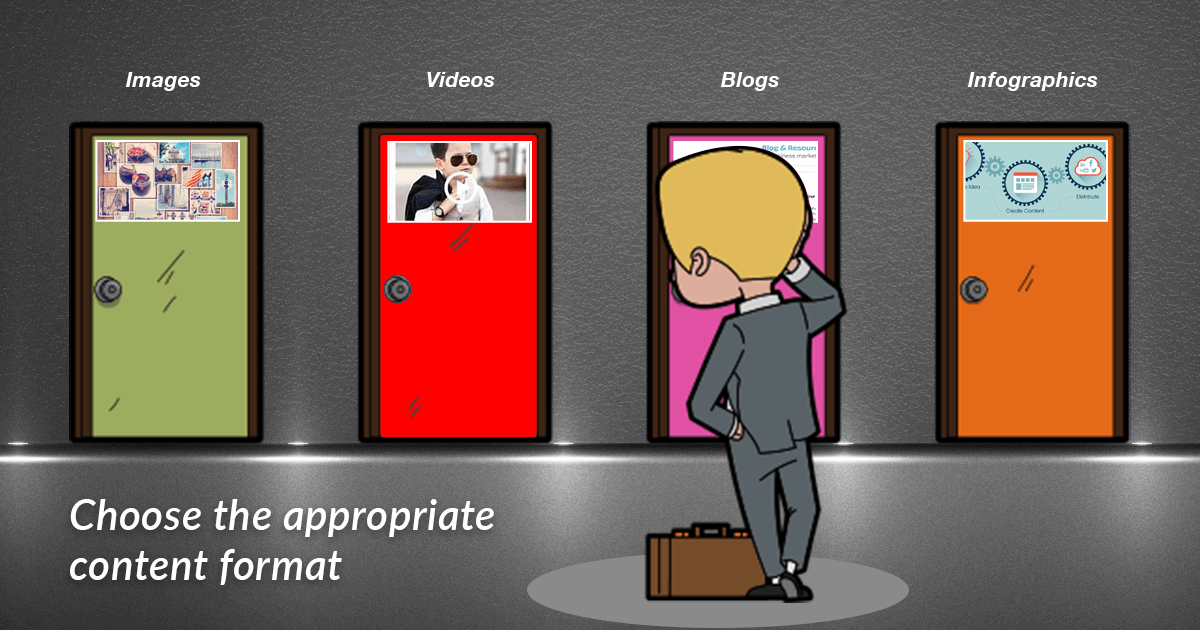
To keep customers enticed by your content for a prolonged time, it is often necessary to go beyond text. The role of the content marketer is to select the most appropriate medium, which should be based on overall objectives, production feasibility, cost involved to generate and distribute, and the needs of the audience. Taking these three initial action steps will simplify the decision of content format:
- Determining your objectives and fully considering them is one of the most essential parts of marketing. Your core goals should fuel your content marketing strategy and overall business plan.
- You need first hand knowledge of the journey your customers take as they approach a purchase. Information about their experience enables you to match content formats to customer needs.
- Guide brand awareness carefully. Consider tonality (the perceptions and feelings your content evokes) as you determine your format. A straightforward informational video may be fruitful for a law firm or healthcare clinic, while a humorous video may be more successful in promoting lifestyle or kids’ brands.
Once you have captured people’s attention, more specific insights into their behavior and preferences can be more effective in convincing them you are the best choice.
Develop a content calendar.
Creating a content calendar builds strategy into a smooth, steady work-flow. Having a calendar also helps the marketer precisely precise plan the content they will be sharing, across which platforms, and when. The more that organization drives the calendar, the smoother your flow and the easier your ongoing tactical responsiveness.
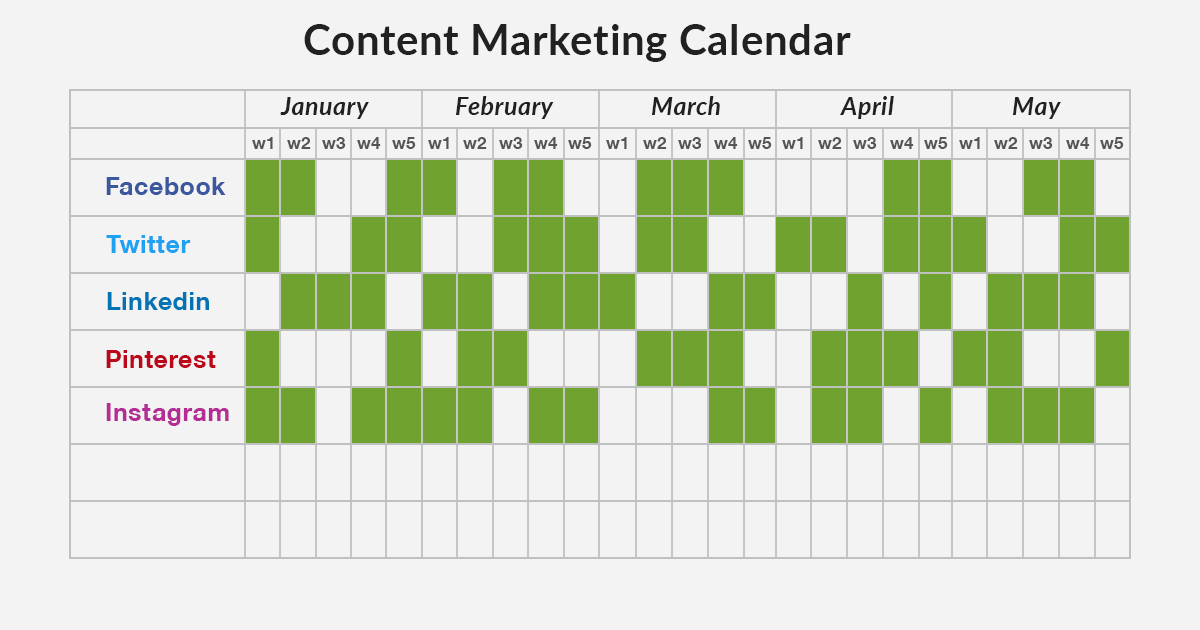
Conclusion
A dynamic and efficient content marketing strategy is a powerful tool that any business can use to maximize their web presence and generate traffic. Just make sure your strategy is well-considered, since it will serve as your foundation. Planning should help your content be more useful and relevant to customers, producing more effective results.
Get expertise as you need it, though. The right content team has expertise from strategizing and fulfilling these plans every day, in results-driven environments. For a detailed end-to-end approach, email contact@epikso.com or book an appointment today.







